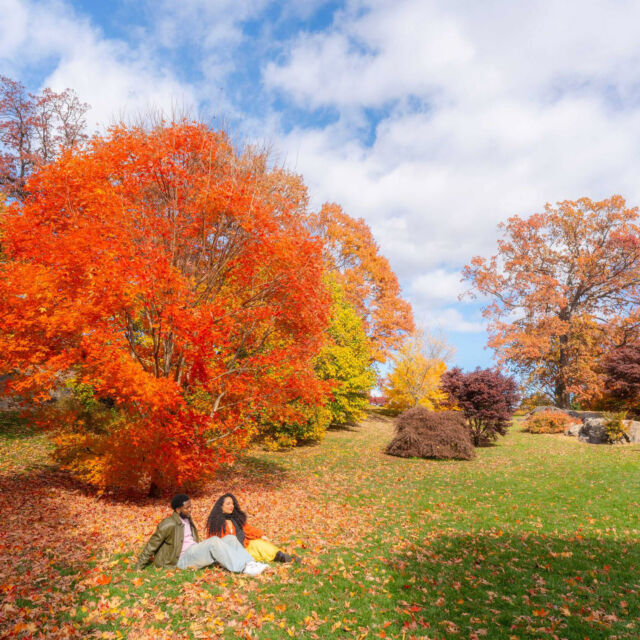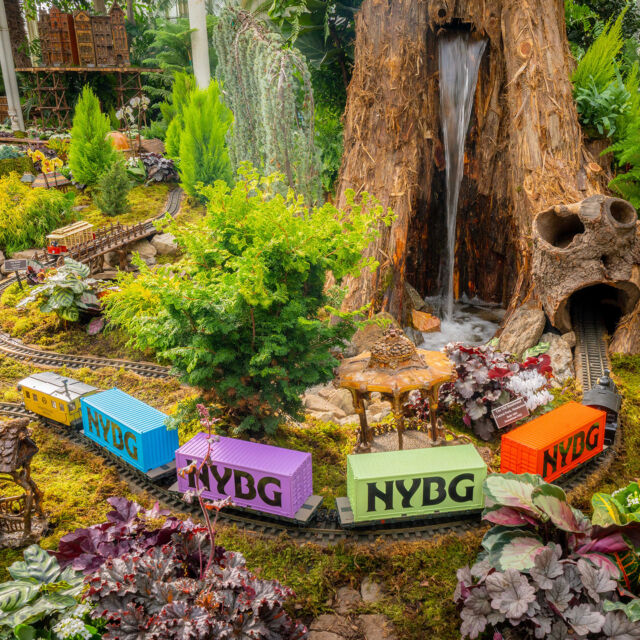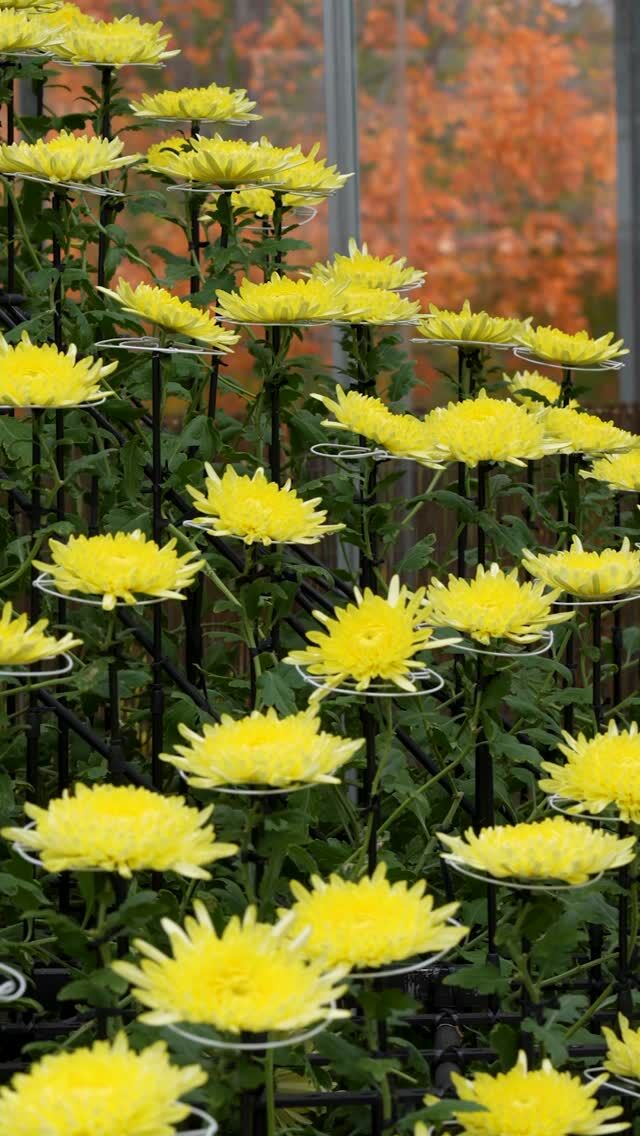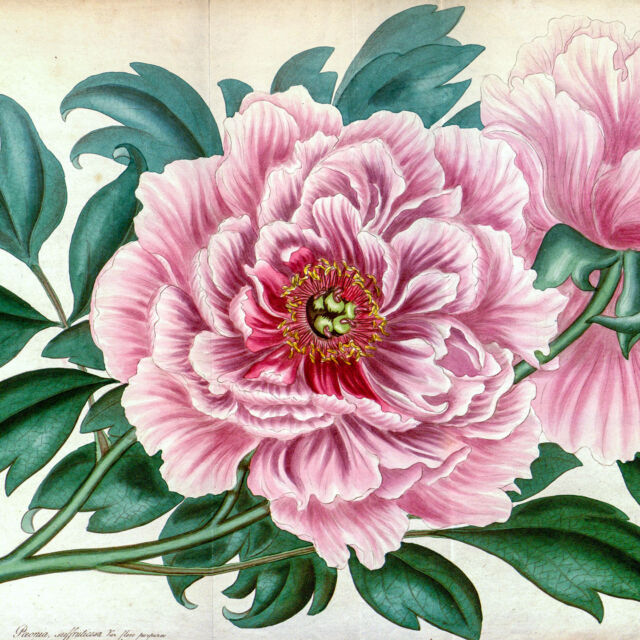NYBG Science in the News: Using Artificial Intelligence to Understand Plant Diversity
Lawrence Kelly, Ph.D., is the Associate Vice President of Science Administration at The New York Botanical Garden.

Representative specimens from the 2020 Herbarium challenge.
The Herbarium 2020 competition marks the second year of a partnership between The New York Botanical Garden and Google. This is also the second time we have issued a challenge for computer scientists, as part of the Fine Grained Visual Categorization (FGVC) competition, to develop artificial intelligence tools that can identify plant species using herbarium specimens, which provide a vast reservoir of information about plant diversity for botanists racing to discover and document Earth’s plant life.
This year’s data set consisted of more than 1 million specimens from the William and Lynda Steere Herbarium, representing more than 32,000 species of land plants. The competition, which ended on May 28, drew more than 153 teams of programmers. The top two teams developed algorithms—sets of problem-solving instructions—that correctly recognized plant species more than 84 percent of the time.
As a next step, the results will be presented at the 2020 Computer Vision and Pattern Recognition Workshop (CVPR Virtual, June 14–19). The CVPR workshops bring together experts in computer vision with specialists in many fields to address the challenges of applying fine-grained visual categorization to real-life settings. These teams evaluate the effectiveness of different programming strategies and identify ways to improve future performance and increase the accuracy of their algorithms.
In practice, automated species-identification tools have the potential to greatly enhance our understanding of global plant diversity and help us better explain and predict plant response to global change. Just as important, they could also greatly expedite the process of species discovery. With as many as 80,000 species of land plants yet to be described and extinction rates higher than ever, botanists are eager to employ any new tools that will help accelerate our work.
You can find other recent news related to NYBG science here.
SUBSCRIBE
Enter your email address to subscribe to this blog and receive updates on new posts.











